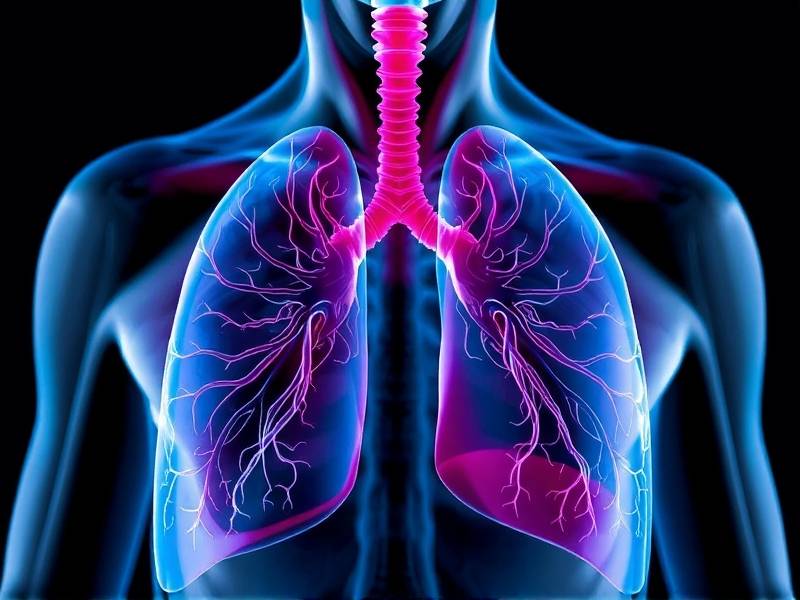How Long Does It Take for Lungs to Return to Normal After Quitting Smoking?
How Long Does It Take for Lungs to Return to Normal After Quitting Smoking? A Comprehensive Guide
Understanding the Journey
Quitting smoking is a significant step towards improving one's health, and the lungs are among the first organs to benefit from this decision. The question that often lingers in the minds of smokers looking to quit is: "How long does it take for lungs to return to normal after quitting smoking?" This article delves into this topic, providing insights into the recovery process and what you can expect.

The Initial Recovery Phase
1. Immediate Benefits Within minutes of quitting, your body begins to respond positively. Carbon monoxide levels start to drop, and your blood pressure and pulse rate begin to stabilize. This is just the beginning of a remarkable journey.
2. The First Week During the first week after quitting, you'll notice an increase in energy levels as your body starts to rid itself of nicotine. Your sense of taste and smell may also improve, making food more enjoyable.
3. The First Month After about a month, your lungs will have made substantial progress. The risk of heart disease starts to decrease, and your immune system becomes stronger. You may also find that you're coughing less frequently as your respiratory system clears out mucus and debris.
The Subsequent Recovery Phases
4. The First Year Within a year of quitting, your risk of heart disease is cut in half compared to that of a continuing smoker. Your lungs continue to clear out tar and other harmful substances, leading to improved lung function.
5. The First Five Years After five years without smoking, your risk of stroke drops significantly. Your risk of cancer also decreases as cells in your body repair themselves.
6. Beyond Five Years Beyond five years post-quit, the benefits continue to accumulate. Your risk of cancer decreases further, approaching that of someone who has never smoked.
Long-Term Benefits
It's important to note that while significant improvements occur within the first few years after quitting, the benefits last a lifetime. Quitting smoking at any age reduces the risk of developing chronic diseases like COPD (Chronic Obstructive Pulmonary Disease) and lung cancer.
Tips for Maintaining Lung Health Post-Quit

- Stay Active: Regular exercise helps improve lung capacity.
- Avoid Secondhand Smoke: Secondhand smoke can negate some of the benefits gained from quitting.
- Maintain a Healthy Diet: A balanced diet rich in fruits and vegetables can support lung health.
- Regular Check-ups: Regular medical check-ups can help monitor lung health over time.
Conclusion
The journey towards healthier lungs after quitting smoking is both rewarding and gradual. While it may seem like a long road ahead, understanding the timeline for recovery can provide hope and motivation for those looking to make this life-changing decision. Remember, every day without smoking brings you one step closer to full recovery and improved health.
By providing comprehensive information on lung recovery post-quitting smoking, this article aims not only to inform but also inspire readers on their path towards better health through lifestyle changes.
